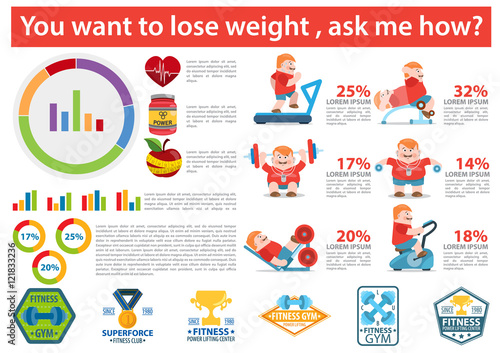How Much Does Cold Laser Therapy Cost
How Much Does Cold Laser Therapy Cost
Blog Article
Scientific Research on the Efficiency of Cold Laser Strategy
Cold laser treatment is a beneficial tool to aid in pain management and the recovery procedure. It is commonly utilized in sports medicine, dermatology and acupuncture.
Cold lasers pass through deep right into cells and advertise chemical modifications without heating them. They decrease inflammation and swelling, speed mobile task and speed up healing.
Theoretical Background
Unlike the high-intensity lasers that surgeons use to puncture cells, cool laser treatment utilizes light-emitting diodes to penetrate into your skin and advertise recovery. As these photons get to broken cells, they start a chain reaction that increases your cells' manufacturing of enzymes and increases your body's natural healing procedures.
The photons additionally minimize pain through the production of endorphins and increase your body's capacity to drain pipes inflamed areas by inducing vasodilation (the development of capillary). Because of this, it helps you recover from bone and joint injuries and discomfort more quickly.
Many individuals have actually become aware of cold laser treatment from their physiotherapist, chiropractic physician or medical professional and may be asking yourself just how it works. Unlike many laser devices made use of in the clinical field, which in fact heat up cells, our advanced equipment produces cool laser beam that don't create any home heating of your tissues. This allows your body to obtain the restorative advantages without causing any type of negative effects.
Scientific Trials
Cold laser treatment is frequently advised as a treatment alternative for clients that have musculoskeletal discomfort and injuries. It can be utilized to lower swelling, reinforce tissues and increase the body's natural recovery procedures.
Non-thermal photons of red and infrared laser radiation are soaked up by the light sensitive components in cells and initiate a rise in intracellular metabolic rate that enhances cell recreation, decreases swelling, gets rid of edema and shortens healing time.
Unlike the light that is generated by sunlight or standard lights, laser light is identical (all wavelengths traveling in the same direction), systematic and monochromatic. These buildings allow laser power to pass through deeper right into the tissues.
A number of clinical trials have actually shown that LLLT can be reliable in reducing discomfort in the bone and joint system. Nonetheless, even more well-designed research studies are required to evaluate the optimal setups for laser irradiation and to determine its effectiveness in certain problems, such as oral mucositis in cancer cells patients getting radiation treatment or radiotherapy, and wound healing (consisting of diabetic person ulcers complying with hammertoe surgical procedure). This Aetna policy bulletin does not attend to other uses LLLT, including the therapy of numerous skin diseases.
Conclusions
Unlike medical lasers that can damage lumps or coagulate cells, cold laser therapy does not heat up the body's cells. Rather, the light boosts your cells quit smoking to produce adenosine triphosphate, which speeds up the repair service procedure of damaged cells.
Aetna considers low-level laser (LLL) therapy medically required for the prevention of oral mucositis connected with cancer cells therapy (radiation treatment, radiation treatment, hematopoietic stem cell hair transplant) and non-cancer treatments (such as radiodermal injury, fibromyalgia). Several research studies revealed that LLT can be reliable in reducing PU signs without unfavorable impacts. Nevertheless, distinctions in research layouts and laser dosimetry made contrast of the outcomes challenging; RCTs with low risk of bias are needed. The use of a 660 nm wavelength and higher energy density seems extra reliable than the various other researched laser wavelengths. This could be due to the fact that the various other wavelengths might promote inflammatory procedures and trigger even more adverse effects. The impact of the kind of laser utilized is also vital; the writers recommend that future research study focus on examining various sorts of lasers and their doses to determine the optimal mix of laser criteria for PU avoidance.
Suggestions
Cold laser therapy is used by dental professionals to treat swollen periodontal cells, physicians to relieve pain caused by rheumatoid joint inflammation, and physiotherapists to speed up the recovery of muscle mass, ligament, and ligament injuries. Numerous medical insurance policy strategies cover this treatment.
Unlike hot lasers, which have a thermal result on cells, cold lasers (also called low-level lasers) boost the mobile energy of the skin. Photons from the laser light penetrate right into the cell, activating a series of chemical adjustments that advertises regeneration and reduces swelling.
In order to be effective, lasers should be properly arrangement and utilized. This is why it is not advisable to acquire an economical non-prescription laser gadget and try to treat on your own in your home. A trained expert is called for to guarantee that the device is made use of properly to minimize the threat of eye injury and maximize its effectiveness. The laser tool should be gotten used to the right setting, strength, frequency, and setting of the laser on the treatment location.